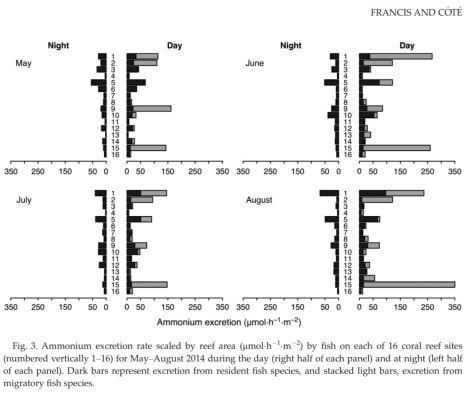I see a major sticking point being wording.
Live rock, sand, macro algae, refug,.... are all described as being a "filter"
Filter = good
So common sense would suggest.
More filter = more good
If when talking about inorganic N it is changed to:
Filter = competitor
And when talking about organic N processing it is changed to:
Filter = sewerage treatment
Then instantly the mentality towards the way you design and manage what you have changes.
Live rock, sand, macro algae, refug,.... are all described as being a "filter"
Filter = good
So common sense would suggest.
More filter = more good
If when talking about inorganic N it is changed to:
Filter = competitor
And when talking about organic N processing it is changed to:
Filter = sewerage treatment
Then instantly the mentality towards the way you design and manage what you have changes.






















